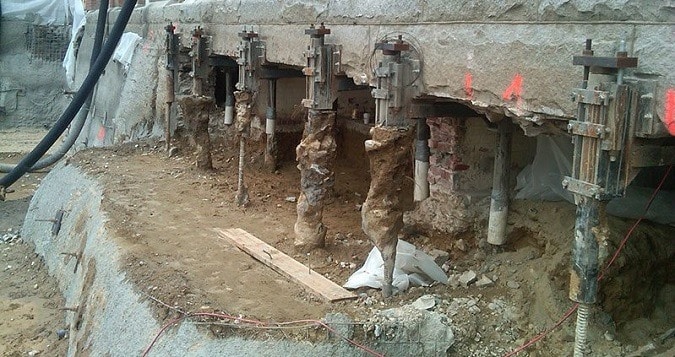It is important to test the soil before building a foundation. This can be done by a professional.
They will determine the flatness of the soil and how high you can build the foundation.
Remember, however, that you aren’t digging up the entire area of your building. Later, that will
happen. Grading pins should be placed at the corners of your foundation walls. You can hire a
professional to help you if the soil is too wet.
Once you have determined the soil type and depth, you should then prepare the site for your
foundation. Slabs and basements are the most popular foundations. Posts can also be used to
build a solid foundation. Posts may be required in wet areas. You can choose a slab foundation if
you live somewhere warm. Make sure you have enough to complete the steps.
Before you pour the concrete foundation, dig a hole at least six to eight inches deep. Once you
have dug your hole, compact the soil with a compactor. This helps prevent water from affecting
the slab. You can then lay a barrier material to prevent moisture from seeping through concrete
flooring. If the slabs are uneven you will have to start over.

Using concrete blocks instead of bricks can also make your foundation walls stronger. They are
more durable than bricks and do not require any formwork. They aren’t as waterproof as walls
made with poured concrete and they don’t withstand the lateral forces. Consider the weight and
dimensions of your shed when you are considering concrete block foundations.
Monolithic slab foundations can be cheaper than poured single slabs that are approximately five
to six feet thick. This foundation method will cost you between $5 and $14 per square foot,
depending on your location. Monolithic slab foundations require less excavation and cost around
$9.80 per square foot. Monolithic slab-foundations are best used on well-compacted, dry
ground. Footers are used in this case along with the slab.
Next, you will need to mark the foundation’s perimeter using a batter board. The batter board is
made up of 2×4 stakes, which are driven into ground and a 2×4 leadger, which are nailed to
them. The stakes should not be more than two feet from the ground. Brace the stakes back with
another short stake. The batter board nail holds a wire or string line that marks the exterior edge
of the house foundation walls. Using a plumb bob to transfer the line’s height to the ground level
will help you to measure the exact depth of the foundation wall.
A solid concrete foundation is essential to the structure of your home. Foundations and Concrete
Work is a great magazine for homebuilding advice and guidance. These two magazines gather a
community of concrete contractors from across the country, including those in your local area.
They also provide a forum for contractors to discuss related topics and answer questions. And if
you’re not sure where to begin, you can always get an estimate for your foundation project and
hire a professional.
